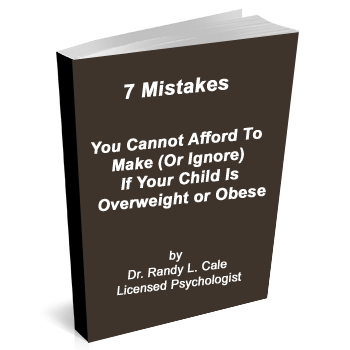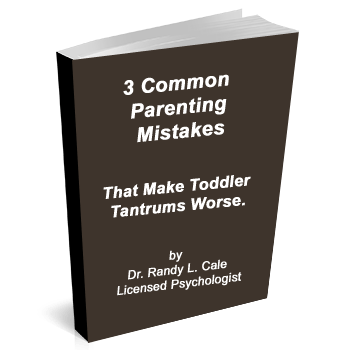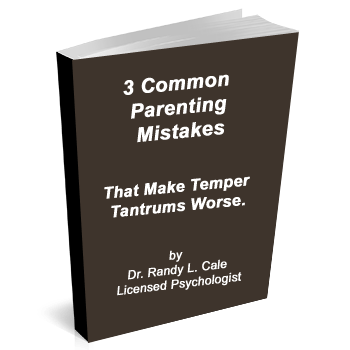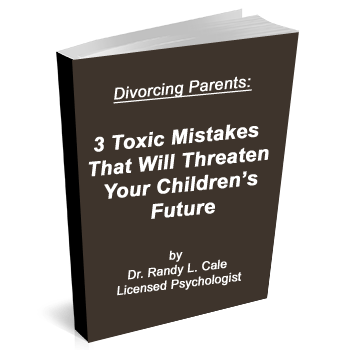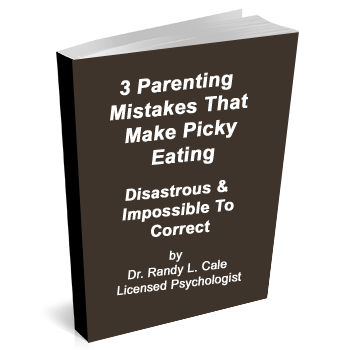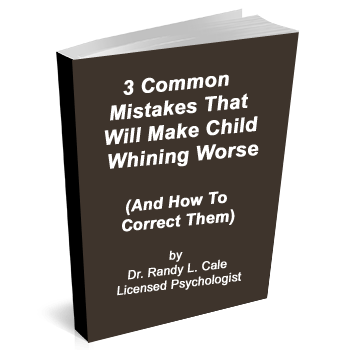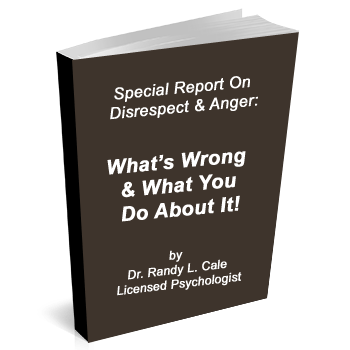FREQUENTLY ASKED QUESTIONS
Get answers about neurofeedback

Simply put, neurofeedback is a form of biofeedback. But what is biofeedback? Biofeedback is a process of taking a signal imperceptible to us as humans, typically an electrical impulse, and using electronic equipment and an amplifier to amplify this signal that lies below the level of awareness for most of us. Once we are able to read the signal, we provide feedback to the person receiving the biofeedback or neurofeedback.
For example, if we want a brain wave to grow stronger, we provide a biofeedback signal every time that wave gets a bit stronger. The same process applies if we want that brain wave to be weaker.
So, in essence, biofeedback is a very organic, natural process in that nothing invasive is done to the brain or body. That’s why it has a very low risk compared to medications or almost any other form of treatment. With neurofeedback, we can only reward the brain for a state that it has already achieved. This is important to understand because we are not forcing it into any particular state. So, for example, if we have a very high theta wave, as is often the case with anxiety or ADD, we can use neurofeedback to bring theta down, often in remarkable ways.
When such an elevated brain wave fluctuates and comes down a tiny amount, the individual receiving neurofeedback gets a reward signal in the form of a reward tone or increasing brightness. There’s no real conscious effort required. As you sit and absorb the feedback, the learning occurs unconsciously, and your brain becomes more neuroplastic, more flexible, learns, expands, and grows.
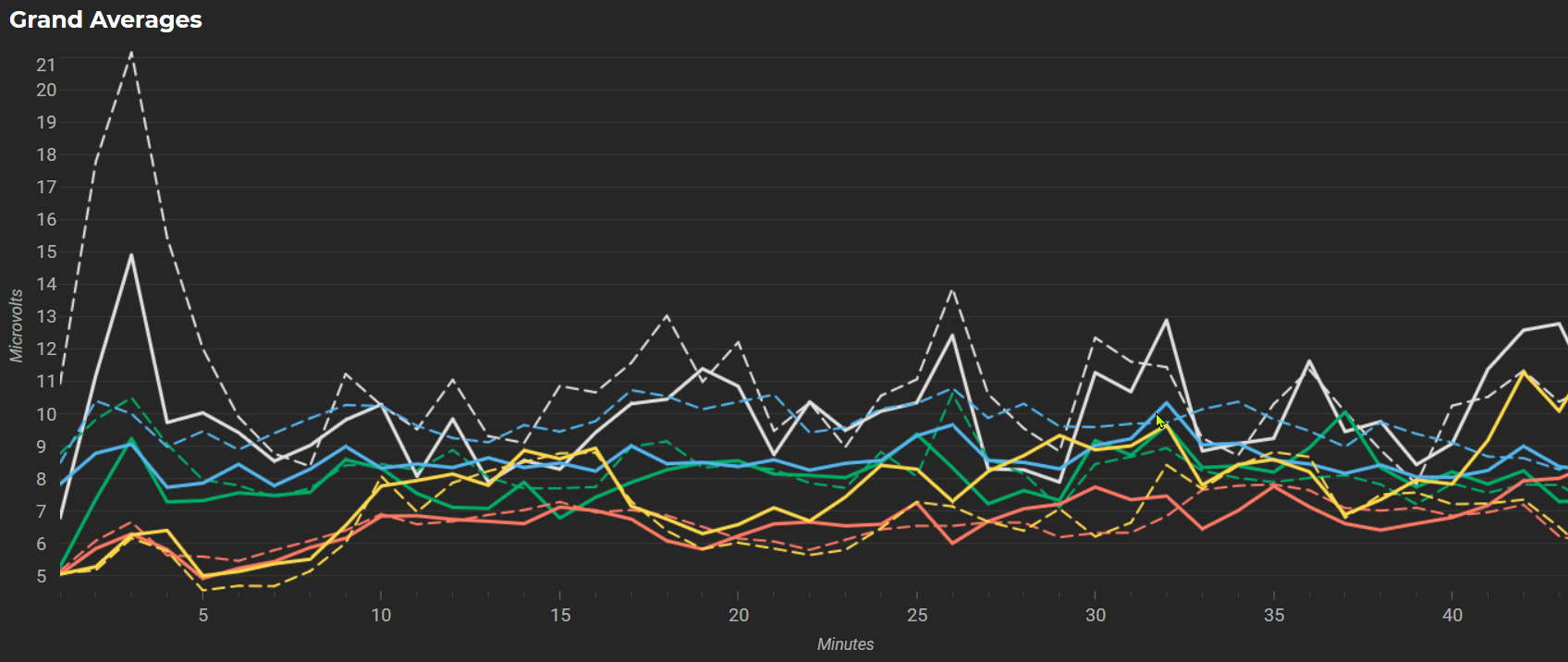
We have seen this result in hundreds of studies over the past 40-45 years, to the point that neurofeedback has recently been categorized as a level four or five treatment. Level five is the highest level of treatment possible in the world of mental health, used for anxiety, depression, and many forms of ADD and ADHD. Hundreds of studies with no reported side effects have proved its remarkable effectiveness.
The bottom line is that we are giving the individual receiving neurofeedback a very precise feedback signal when that brain moves in a desirable, healthier direction. Done repeatedly over time, we can completely change the trajectory of an individual’s brain wave patterns. When these brain waves change, patterns of dysfunction, whether cognitive, emotional or behavioral, shift dramatically overtime.
More on What is Neurofeedback?

Why would you choose neurofeedback among the other options for getting help for your child or help for yourself?
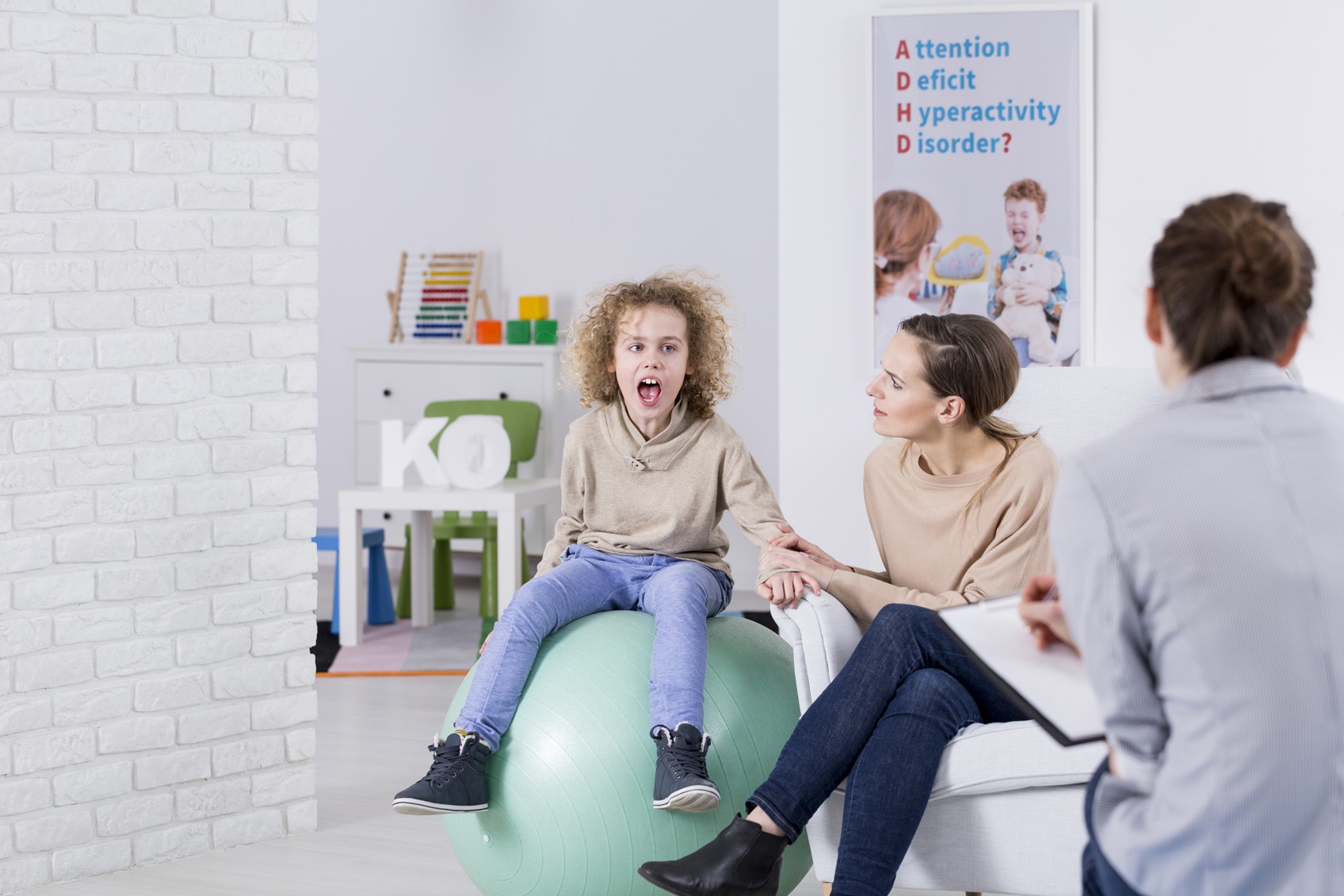
This answer falls into several categories:
- First of all, other than neurofeedback, very few treatments come without side effects. So if you or your child have been on medications and you hate their side effects, which tend to get worse over time, then neurofeedback is a treatment to consider.
- Secondly, very few treatments are rated as level four or five-level interventions. Level five is the highest level of treatment available in the world of mental health. For anxiety, depression, and ADD, for example, neurofeedback, as a level four or five treatment, is among the best treatment options.
- Thirdly, almost every treatment, therapy, or medication goes down in terms of effectiveness over time, but not neurofeedback. Neurofeedback is an incremental and gradual change; it’s not an instant quick fix, like taking a pill. This change that occurs over time represents a change in the organization and structure of the brain. Therefore, when children or adults finish treatment, its effects do not go away. Instead, they continue to improve over time because we now have a brain that functions better, feels better, and is better able to learn, grow, adapt, and cope. We also see in the literature that neurofeedback may perhaps be the only treatment that seems to get better as time goes on. Although not the case for everyone, we see it a lot.
- Finally, if we think about how struggles for children and adults, like those related to focus, memory, sleep, ADD, or anxiety, often create a trajectory that is limited for life. These issues come with limits in terms of what we do, how satisfied we are, and what types of jobs or schooling we can tackle. Neurofeedback offers the potential for completely different paths that change this trajectory because life opens up when a brain is better able to learn, grow, adapt, cope, and find more satisfaction.
The bottom line is, who wouldn’t want more satisfaction, ease, happiness, and the ability to regulate their brains how they choose to? Because this is what neurofeedback does; it creates a better-regulated brain that we have more control over. Our brain becomes our friend and ally. We become the master of our thoughts and intentions and what we want to do, not slaves to stuff that just shows up over time. So, why do Neurofeedback? It works. It works without side effects. It works with sustained changes that can bring about a complete shift in your life’s trajectory.
I’m Dr. Randy Cale. If you have more questions, feel free to reach out by calling my office or filling out our contact form.
More About Why Choose Neurofeedback?

Neurofeedback is a form of biofeedback in which a reward signal is provided to the brain. This signal, over time, causes the brain (in most cases) to incrementally and gradually reorganize brainwaves into a healthier and more functional brainwave pattern.
How does that work?
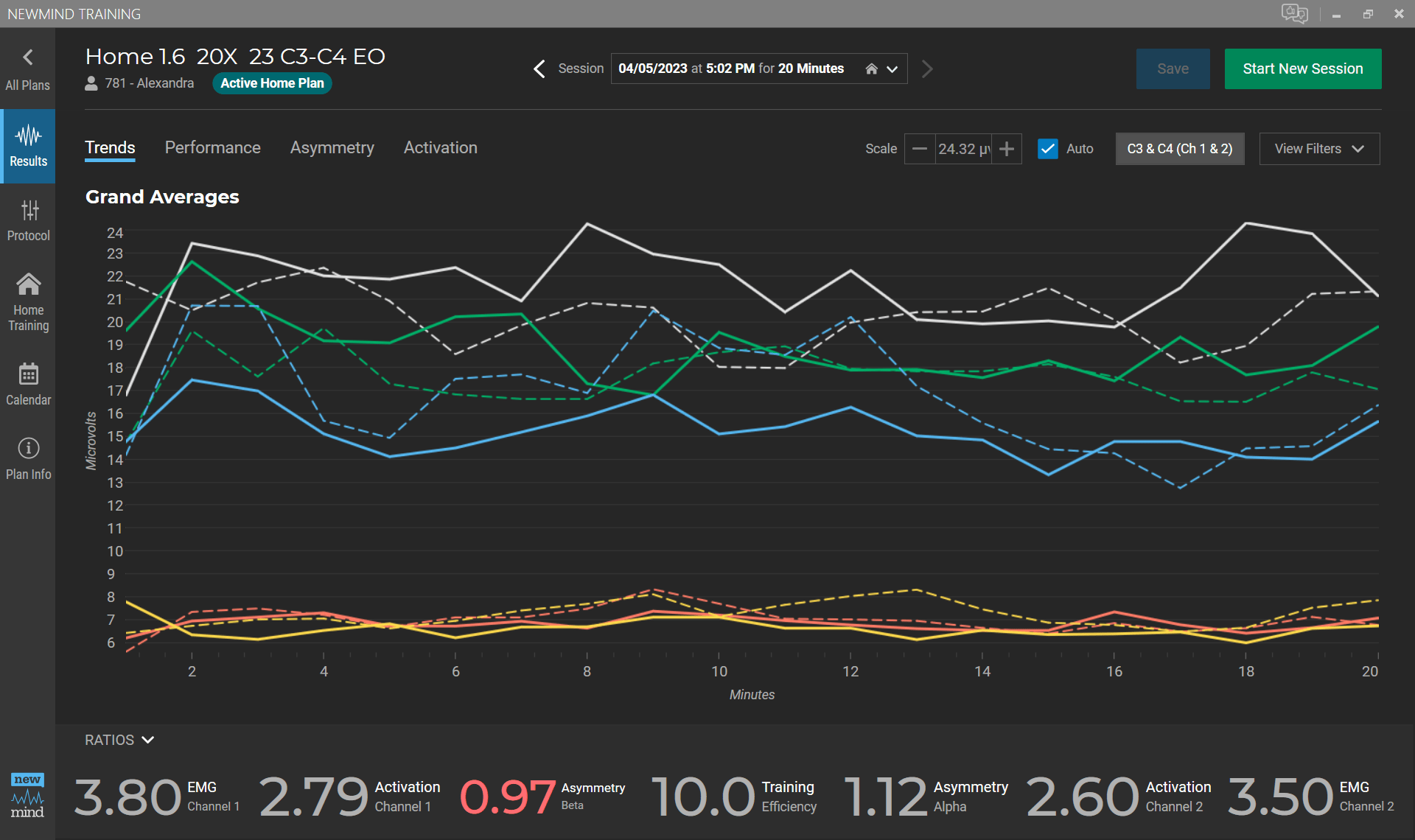
What we believe is that brains tend to like novelty. So when the brain realizes that it gets a reward tone every time there is a movement in a healthier direction, it tends to absorb that reward tone and start moving in that direction. This process, also called operant conditioning, is a slow, gradual process that happens over time, and every brain varies in its response to some degree.
Let’s say we have a brainwave that we want to bring down because it’s too strong, which is often the case in kids and adults with ADD, anxiety, panic, OCD, and similar disorders. In this case, neurofeedback will provide a reward tone every time this wave dips. Over time, because it is an operant conditioning model, the brain responds to this reward and very slowly changes that brainwave. Coincidentally, with ADD and anxiety disorders, certain brainwaves can be five or six standard deviations above where they should be, which is significant. However, retraining such brainwaves into healthier brainwave forms is just a matter of time.
So, in essence, biofeedback does not inject electricity into the brain or do anything invasive to it; it simply rewards the brain for finding a better brainwave pattern and does it repeatedly. As a result, through operant conditioning, the brain becomes reorganized in ways that feel and function better.
Prospective clients often ask how long it takes for neurofeedback to work. This is an interesting question because results, of course, vary due to how brains vary dramatically. But it’s safe to conclude that most adults, children, and adolescents typically experience some improvements within two to four weeks of neurofeedback.
These improvements are incremental. While the person undergoing neurofeedback may not reach their ultimate desired goal in two to four weeks, they will begin to experience more ease and comfort, i.e., better sleep, well-being, and focus. This process then unfolds over the subsequent weeks and months of training.
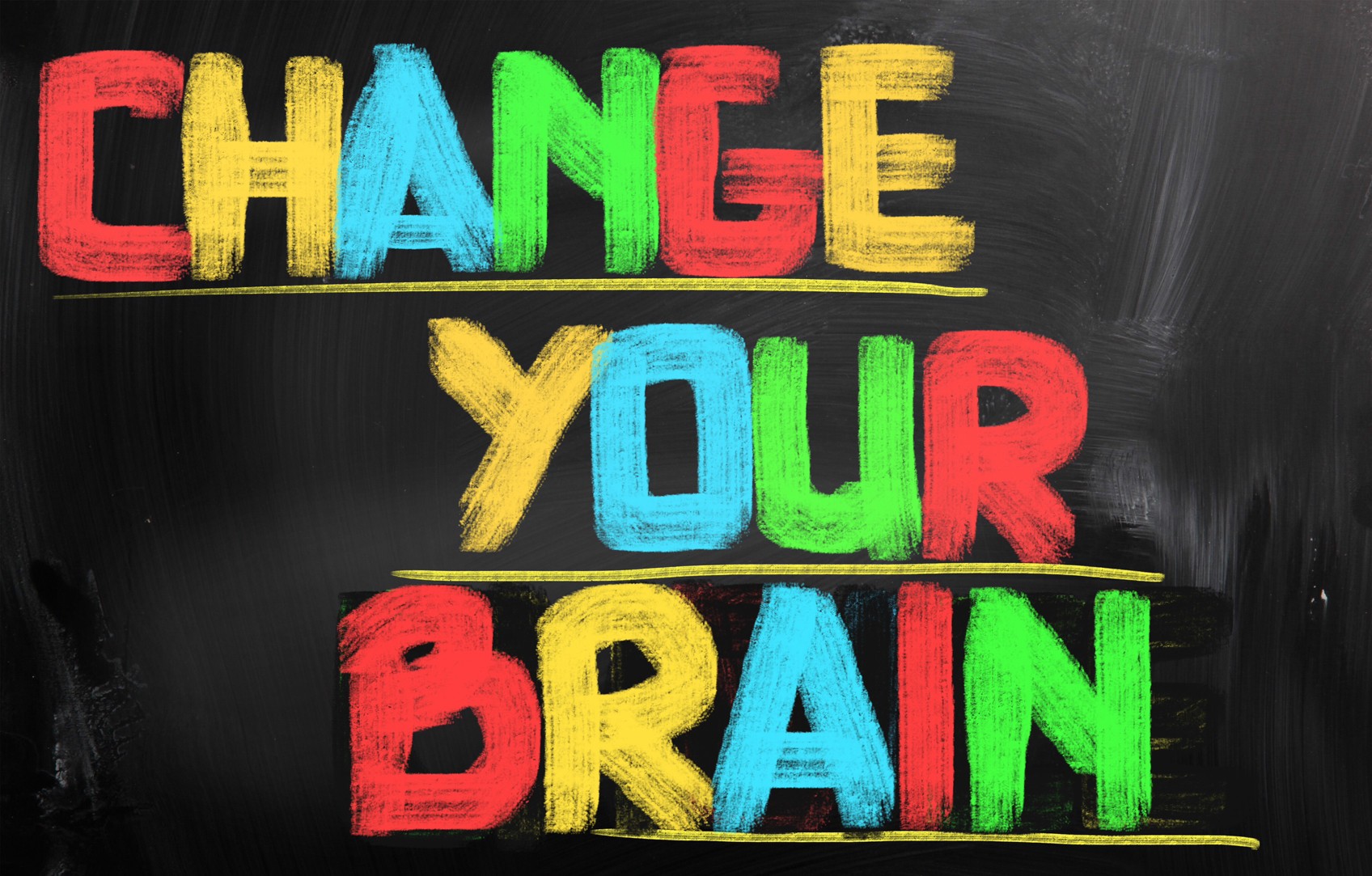
Plenty of studies look at 30 or 40 sessions of neurofeedback and report significant results. I would say this range is absolutely true. If my life satisfaction is at a zero, and I want it to go to a three or four, that represents a significant improvement that would show up in a research study. If my depression is at a 10 and drops to a 7, that is also a significant result. However, most people want more, which is why neurofeedback training typically requires more than 30 sessions these days. Part of this is also due to the advent of home training, which allows us to be much more flexible without tying people to the office. It reduces costs and opens the door to train anytime you want – a win-win for many of our clients.
However, a comprehensive answer to how long it takes is very difficult to nail down. If clients feel better week by week and month by month, most will continue to stay with neurofeedback because the results are compelling. As they are feeling, sleeping, focusing, and remembering things better and their kid’s behavior is improving, they typically continue for anywhere between three months, six months, and, some folks, up to a year. But the norm would be more of a three to six-month process.
I am hesitant to provide a firm answer because it does vary a lot. But hopefully, this information gives you a range within which to set your expectations. If you have more questions, feel free to reach out.
More on How Long Neurofeedback Works


This is a question that often comes from parents or individuals who have done their research and see that neurofeedback is now rated as a level four or five intervention for many mental health disorders, including ADD, anxiety, OCD, and depression.
Level five is as high as it gets with mental health interventions. Many therapies and medications are level two or three, so neurofeedback is garnering attention despite not being a quick fix like them.
Neurofeedback’s effectiveness has been proven, which is interesting because it does not force the brain to do anything. We are not feeding it some drug or electrical impulse; all we do is allow the brain to do its natural thing. Imagine we have a very strong brainwave, like a theta wave, and we want it to come down because it’s associated with more ease, happiness, and enjoyment and fewer ADD, anxiety, and focus problems.
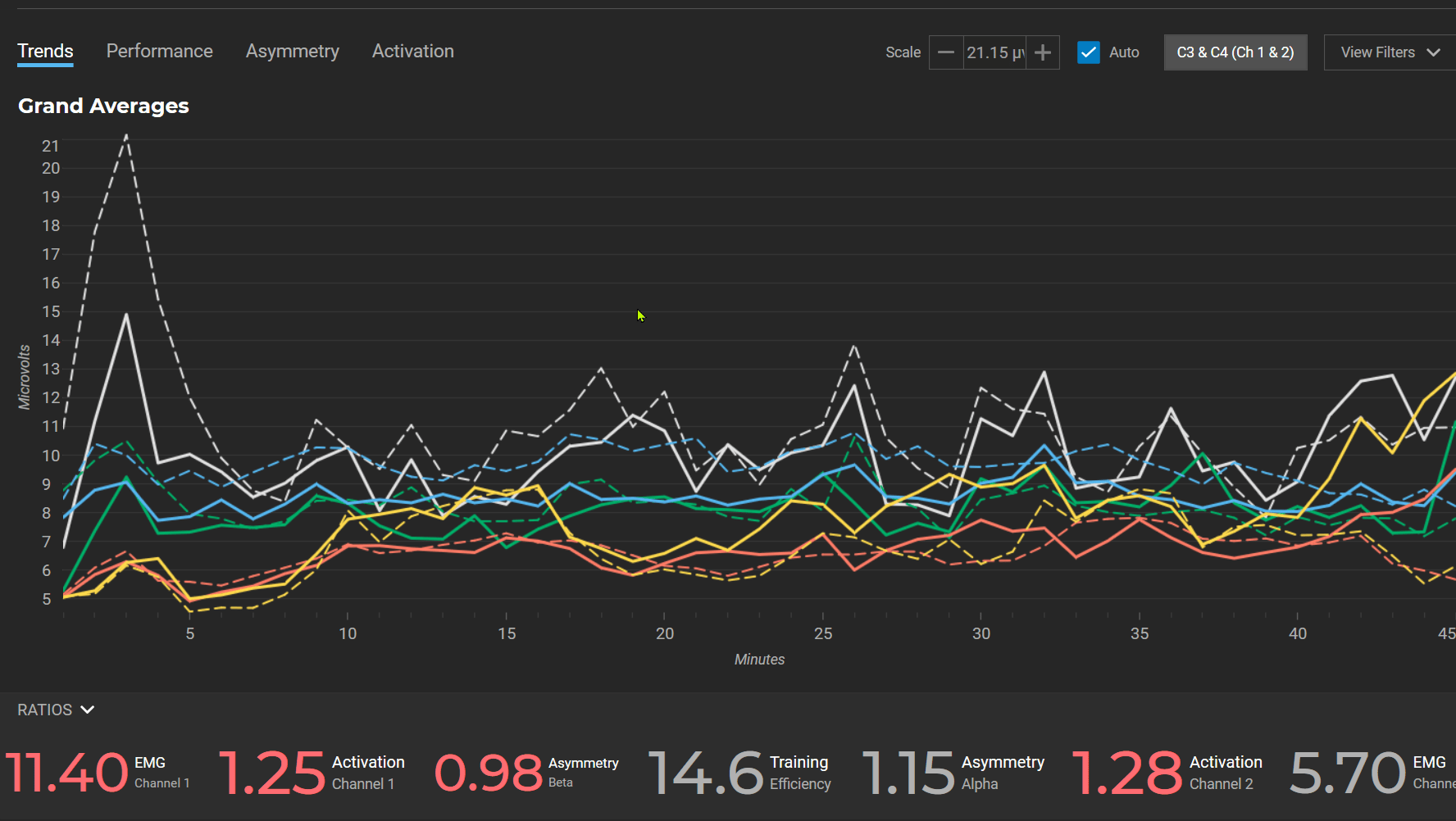
With neurofeedback, we reward that brainwave when it naturally comes down just a tiny bit. This incremental reward creates a very gradual and organic shift in the brain. We are not forcing it; we’re only rewarding it for a state it has already discovered. But this state change is below the individual’s current level of awareness, which is why we have to conduct several reward sessions to get the brain to change.
But when it changes and neuro pathways begin to reorganize, communication patterns begin to reorganize, and neurons begin to expand and grow more connected, the person undergoing neurofeedback training is left with a different brain than they started with.
Your core personality won’t change, but if you are depressed or angry, you could feel better. You’d be left with a more neuroplastic brain, which is a smarter brain that functions better. Your cognitive skills will improve; some kids even gain 15 to 20 IQ points. We can gauge this because we do quantitative EEG, which maps the brain and reveals these changes over time.
If you’d like to speak to me personally, you can call my office or fill out our contact form.
More on Why is Neurofeedback So Effective

This has become a more frequent question ever since training adults and children at home using QEE-driven neurofeedback became viable. While we still create a map, we are able to use advanced technology to have you trained at home. With this equipment, we can monitor your progress in our office, make adjustments, and change things just as though you are training in our office.
The advantage to you is you can train at home at your leisure, whenever it works for you; you don’t have to come to the office. Secondly, you can train much more frequently because of this. Finally, since you’re not using my staff, the cost is considerably lower.
We find that we get equal to better results with neurofeedback at home because people are very committed to the process. They train regularly, and we are able to coach them along the way to ensure they stay on top of it, have an accurate reading every time, and get the results they want. So, does home training with neurofeedback work? Absolutely, it’s extraordinary.
But it is important to note that some commercial devices claim to be neurofeedback devices, and in a sense, they are – if you’re comparing a model airplane to something that flies like a jet. These commercial devices look like a band that goes around the head. But they’re very limited in what they can do and have no capacity to train 90% of what we can do with neurofeedback. If you come across such devices for home training, think of them as model airplanes, not neurofeedback jets.
Neurofeedback at home allows you to train efficiently and effectively and achieve results comparable to what we get in the office, regardless of where you live. Neurofeedback is categorized as a level four or five intervention for anxiety disorders, depression, seizures, ADD, and ADHD – not the hyperactive component, for which it is more of a level three, but still very effective. Level five is as high as it gets, which is why we’ve seen remarkable results with home training that match or exceed our in-office results on both adults and children.
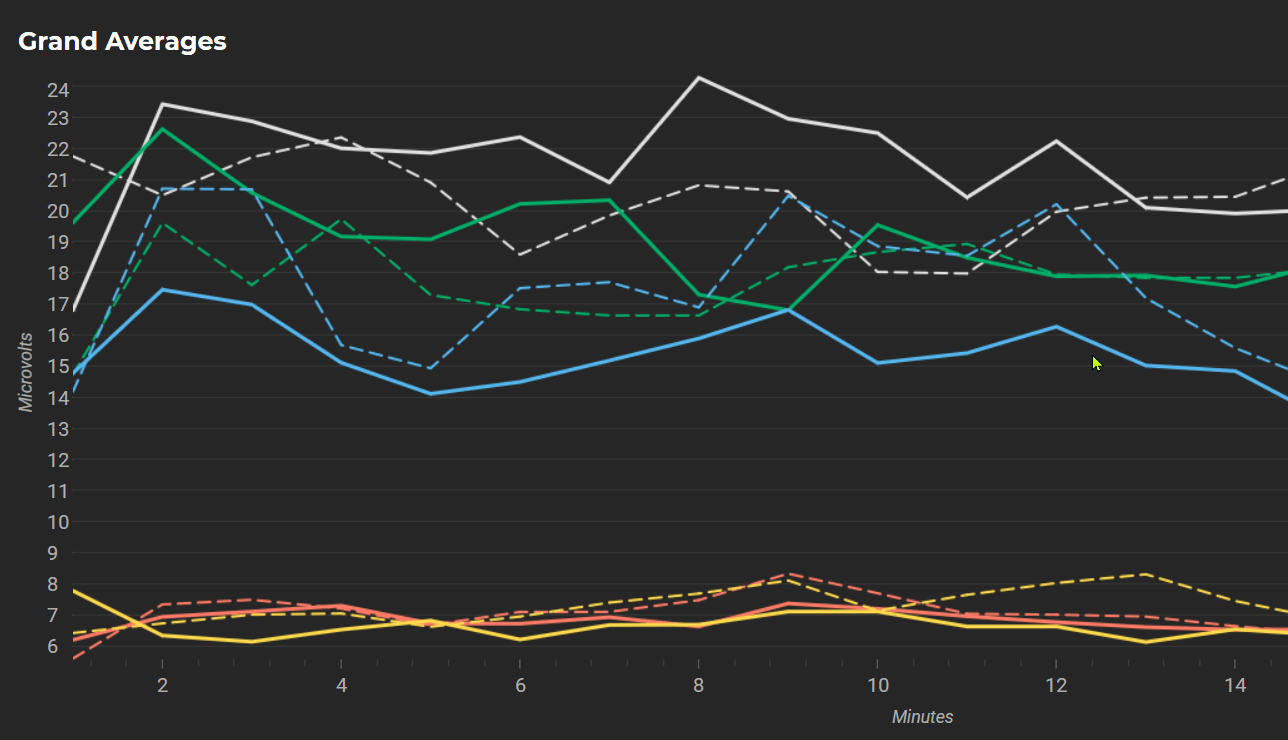
A key piece of such outcomes is understanding that neurofeedback is a forward-focused technology. It does not look back; it only trains the brain for better functioning and better-feeling brainwave patterns.
I typically spend at least several sessions with our clients ensuring they understand how to organize their homes and their thought processes. We even have a video training series that goes along with the treatment to maintain this forward-focused approach to change because, just as we can’t drive a car looking in the rearview mirror, we can’t feel better if our brain is stuck in the past.
In order to get these spectacular results, we have to think about neurofeedback within the context of a very forward-focused discussion about how this technology works and how to organize your thoughts, intent, and life to get the best result possible.
If you have questions, feel free to reach out. I’m Dr. Randy Cale. You can call the number listed here or fill out our contact form.
More About Home Training


This is a great question that comes up often. Generally speaking, neurofeedback is a way to fundamentally change the brain’s structure, biochemistry, organization, and communication pathways. Any conditions caused by struggles in the brain could be altered through this technology. The range of conditions that can be dramatically improved by neurofeedback spans ADD, ADHD, anxiety, panic disorders, OCD, depression, sleep disorders, migraines, and even seizures. In more recent years, neurofeedback has also been proven to help with Alzheimer’s disease.
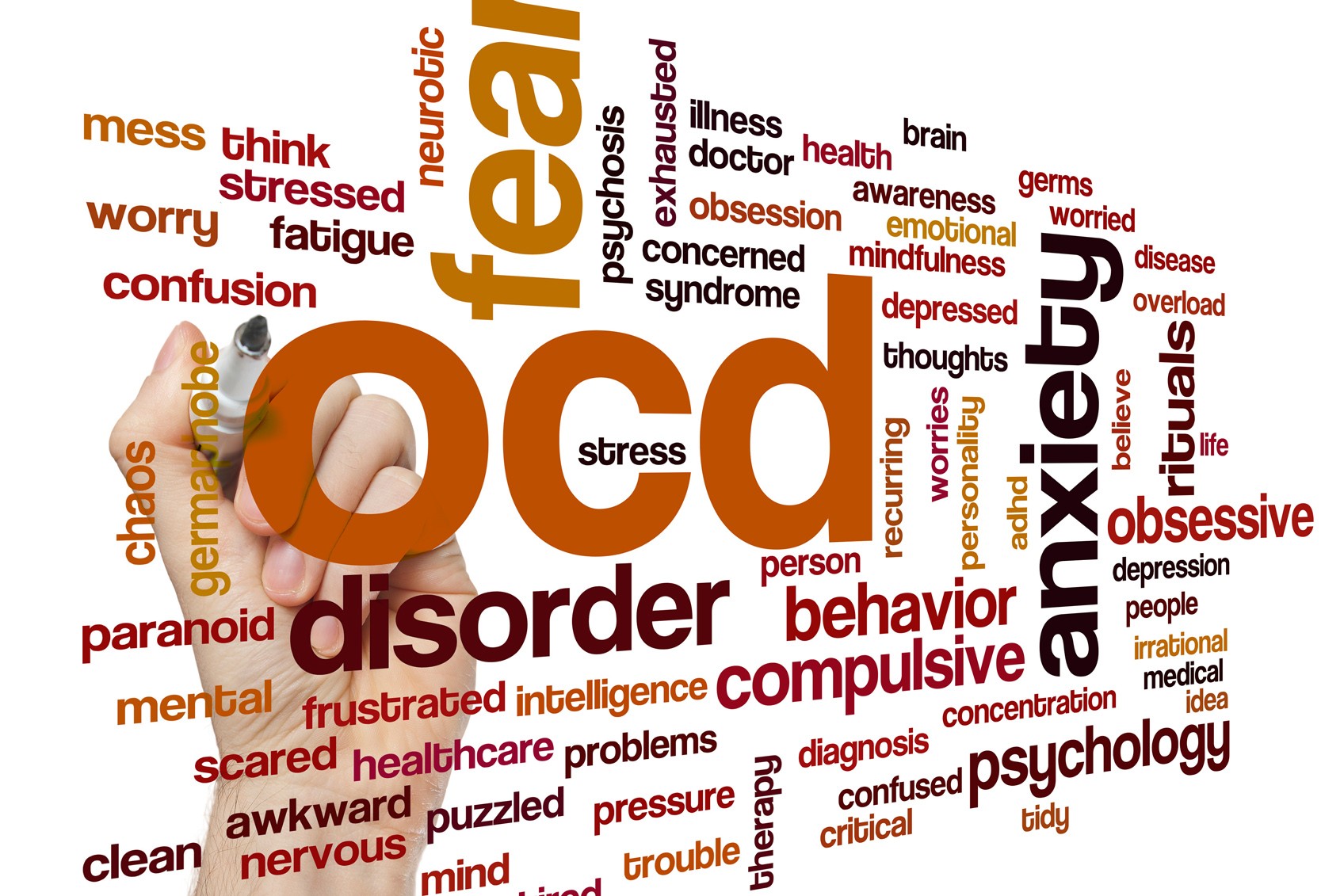
So, as you begin to think about whether your or your child’s situation can be improved with neurofeedback, the chances are that it can. While nothing is effective 100% of the time, in our clinic, we often see a remarkable change, provided that parents and clients are willing to have a conversation about what it takes to become more forward-focused in how they organize their homes, lives, and parenting strategies. This is something we help our clients with.
It should also be mentioned that in the last two years, neurofeedback has been categorized as a level four or five intervention for many mental health disorders. Level five is as good as it gets with mental health issues. So, level four or five indicates that it is an excellent treatment. Very few treatments can come close to it, particularly because its results do not deteriorate after treatment completion. In contrast, if you’re in therapy or almost any other treatment and go off your medication, you can expect things to worsen six months or a year later.
This lasting effect is because, in essence, we have reorganized the brain. We have taken a brain that’s communicating poorly and reorganized it over time. It is now functioning better and is more of a learning machine at the end of treatment, provided that a full treatment course is completed. This brain can learn, grow, function, cope, thrive, feel, and function better in so many ways. It is very exciting as the research over the last ten years has proven that neurofeedback is among the best interventions out there, with no side effects and a remarkable capacity for sustained growth over time.
Hi, I’m Dr. Randy Cale. If you have more questions, you can reach out to my office. I’d be happy to set up a consultation and speak with you. If you decide to choose neurofeedback, I hope you give us a call and allow us to serve you or your family. Take care.
More on What Diagnoses Responsive to Neurofeedback


The big question: “Will my insurance cover neurofeedback?”
Unfortunately, the answer is typically no. Most insurances will not cover biofeedback or neurofeedback because many insurance firms categorize it as experimental when, in fact, there is overwhelming data across hundreds of studies to support it. It has been shown to be more effective than medications and therapy, with sustained results over time. In fact, neurofeedback is categorized as a level four or five intervention for most mental health issues now, so classifying it as experimental seems unwise and ill-informed.

This question comes up quite often. I understand where moms or dads are coming from. They’ve read the research. They understand that neurofeedback is a level four or five intervention for ADD, ADHD, anxiety, depression, and sleep issues, ranking it among the highest quality interventions out there with no side effects, unlike medication. They also know that it offers sustained and improving results over time as the brain reorganizes. So they want to know whether it will work for their children.
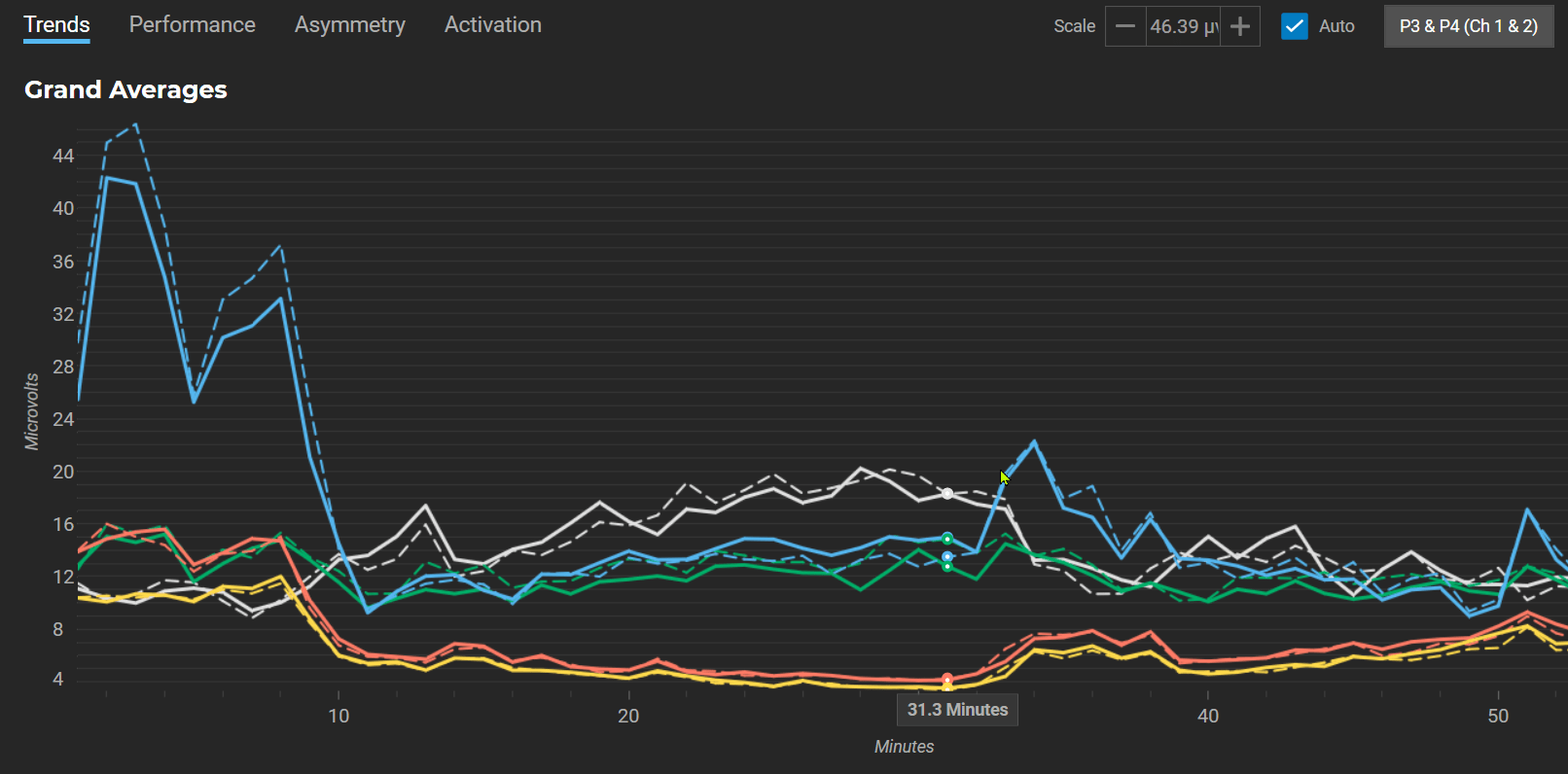
The answer is that, while not always 100% effective, it is likely to work. There are situations and conditions where we find remarkable results and others where we see less-than-ideal results. Neurofeedback is a very forward-focused technology; it does not look at what happened yesterday, last week, or last month. It’s only interested in a better feeling, better-functioning brainwave and then rewards that pattern. When working with children, I spend at least two to four sessions with parents explaining how to set up their homes, how to parent, and how to communicate in ways that are also forward-focused.
When we do this and align everything so that what happens at home, in the environment, and with the child is also forward-focused, we find that neurofeedback provides amazing results. There are some reports that sound fantastical when kids who were struggling and going down a very difficult path, unable to function and thrive, perform much better at school, get along with parents, and have more ease and enjoyment in their lives. In fact, many kids who couldn’t dream of going to college have suddenly been able to with great optimism.
Such results are very inspiring. I’d be happy to share some of them with you, so if you want to speak more personally, please give me a call. You can set up an appointment by calling our offices or filling out our contact form.

The answer is yes. It does improve neuroplasticity. In fact, this is what neurofeedback is all about. Most brains that come into our practice have been sort of shut down or locked down. Communication between major areas in these brains is locked in an unhealthy pattern. Various factors have created some constriction where the brain’s intentions, desires, outcomes, and what it’s seeking do not align with what the client wants. As a result, the brain seems to be creating more anxiety, unease, depression, and sleep issues, while the client just wants to sleep, feel better, and thrive.
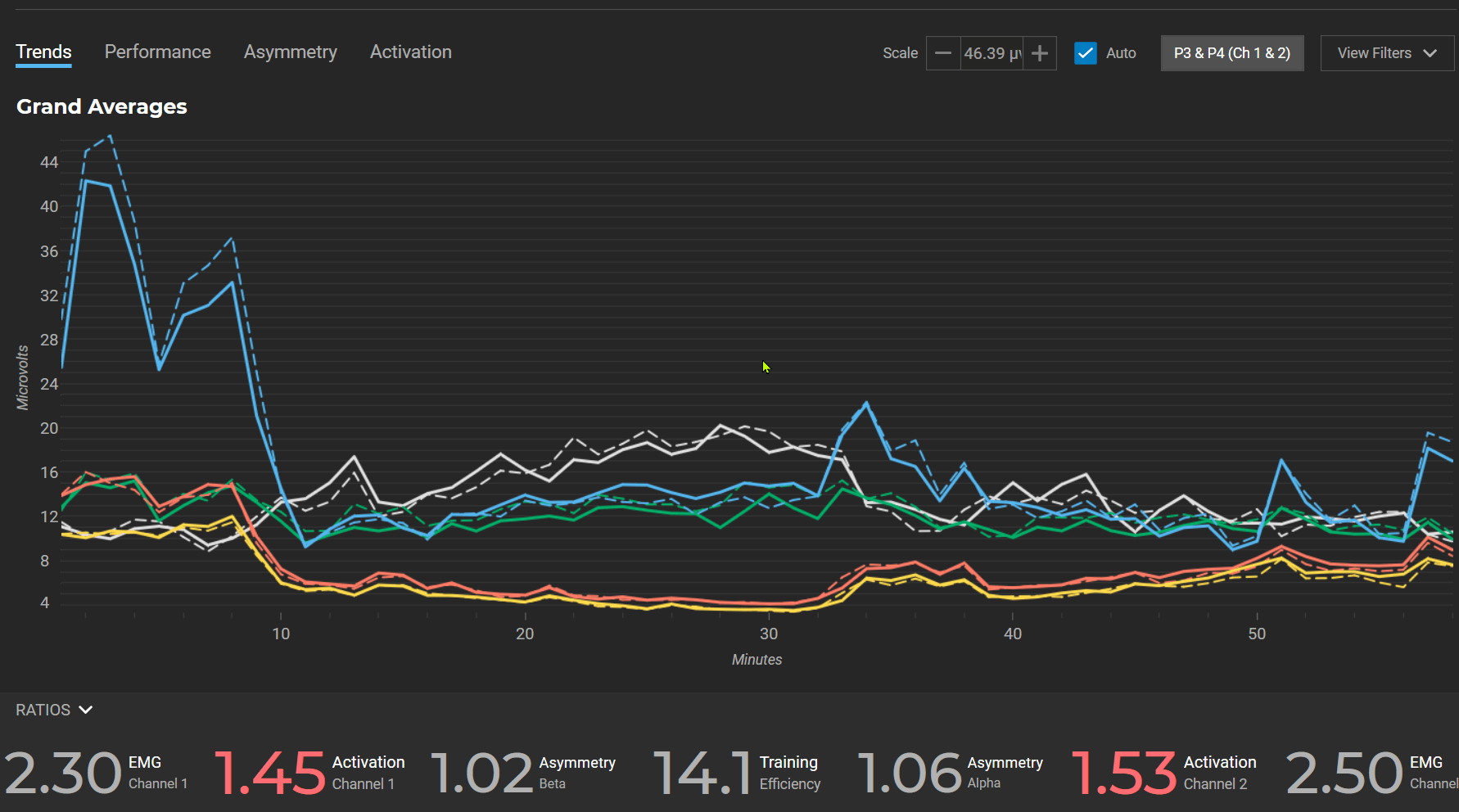
So neurofeedback, very organically and naturally over time, simply rewards the brain as it moves into a healthier and more functional brainwave pattern. Nothing is forced upon the brain, and no electrical impulses are put into it, which is why neurofeedback has few side effects. We’re rewarding the brain as it naturally and incrementally discovers healthier and more functional brainwave patterns.
When this happens, neural pathways and biochemistry change. We know that neuroplasticity changes with neurofeedback, partly because images have been captured of neurons reaching out and expanding during neurofeedback sessions. For example, at the end of training for kids, many gain 15 to 20 IQ points. And when adults can focus and function better, their cognitive skills improve. They can filter out things that they couldn’t filter out before. They feel better, they function better, and they do better at work. All sorts of data prove and point to neurofeedback resulting in neuroplastic changes in the brain.
I’m Dr. Randy Cale. I’d be happy to answer more questions if you have them. If you want to speak with me personally, you can call our offices at the number listed or fill out our contact form.

Can you improve your performance on the court or in the courtroom?
Whether for sport, music, or something else, does your child want to enhance their abilities but find that their mind is getting in the way? If you want your child to perform better, read on to find out how a few revolutionary technologies can help. First:
- Heart rate variability training: You may have seen heart rate variability training showing up everywhere these days. A lot of people are talking about it. However, it is important to understand that there’s a nuance to this form of training that involves more than just watching a YouTube video of a screen going up and down while you breathe with it. But can many people improve their heart rate variability this way? Probably, but I have also found that many people do not, despite months of using heart rate variability breathing. For this reason, it is better to use biofeedback equipment to measure heart rate variability and ensure that you’re making progress.
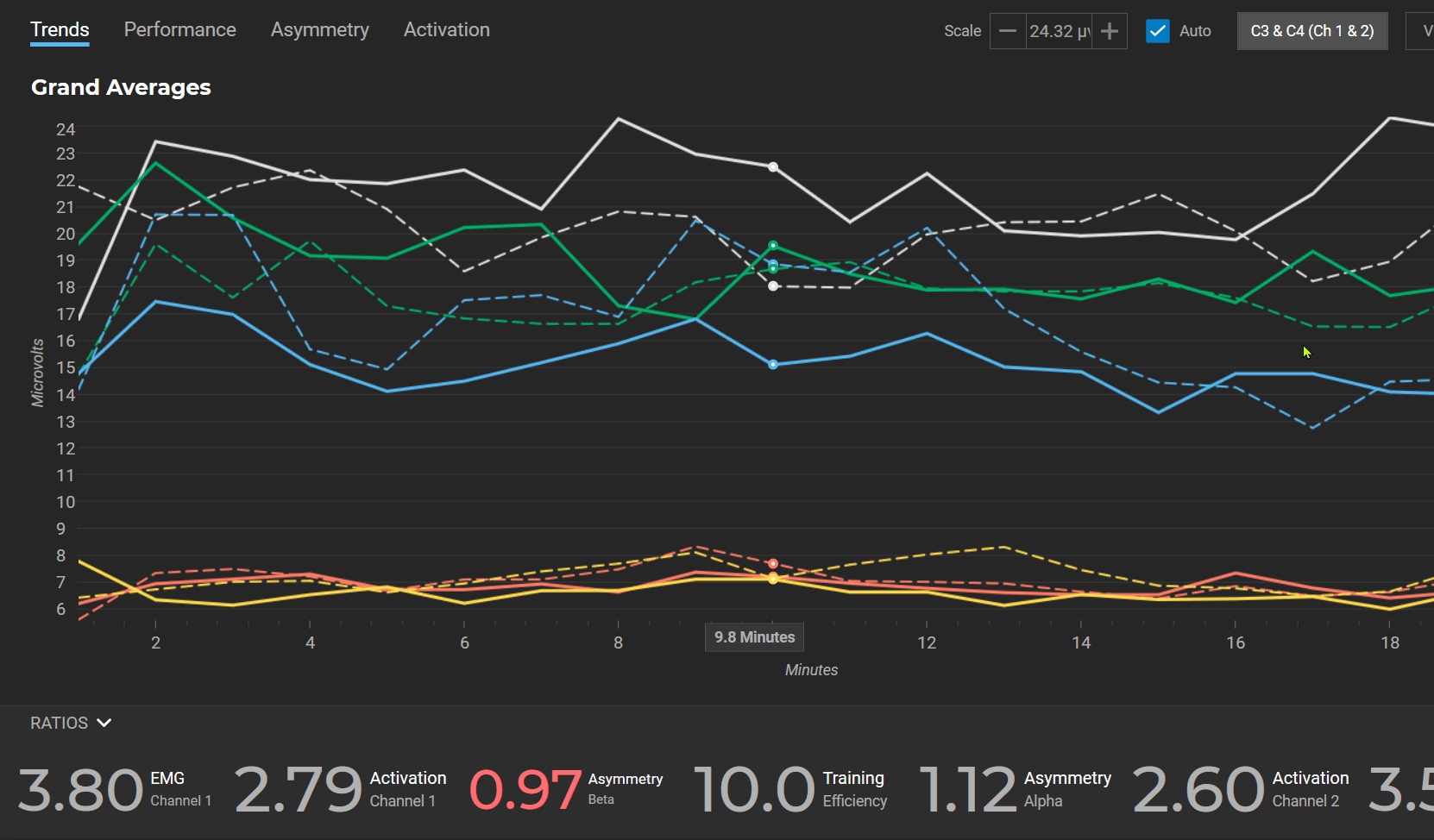
The literature on this topic is remarkable. With sustained practice using biofeedback equipment, heart rate variability improves many factors related to staying calm and at ease under stressful conditions. It doesn’t matter whether you’re playing tennis or golf or whether you’re an attorney, surgeon, performer, or musician; being able to stay calm under stressful conditions generally improves quality of life and enhances performance. In fact, if you open up a sports magazine, you’re likely to read about yet another athlete using neurofeedback or heart rate variability training.
Heart rate variability training is proven to work, but it’s important to understand that you need to use the right technology and practices for it to be effective. When you do so, performance improves. Moreover, heart rate variability is worth paying attention to if you’re interested in longevity because it is a predictor of life expectancy for several reasons.
- Neurofeedback: Our clinic combines heart rate variability and neurofeedback training. But what is neurofeedback training? Simply put, it is brainwave biofeedback training. This technology allows us to map the brain and discover dysregulated areas. Then we retrain those brainwave patterns over time, whether the issue is ADD, ADHD, focus, anxiety, or just a busy mind.
Underlying mood states can play a significant role in performance. Most often, anxiety and anxiety-related correlates get in the way. So, with the combination of neurofeedback and heart rate variability training, we can train the body and the brain to greatly improve performance. You’ll see them mentioned by many elite performers because they have become part and parcel of the sports psychology training that most psychologists use with their elite athletes and performers.
If you’re interested in learning more about heart rate variability training and neurofeedback, please schedule a time to speak with me. You can call the number listed on the site, or you can fill out the form on our website and set up a time at your convenience for us to chat. By the way, everything discussed here applies to both adults and children. In fact, many of the children and teens we have worked with have improved their performance so dramatically that they became state-level performers going on to the national level and Olympics, partly due to the heart rate variability and neurofeedback training that they received.

This is a fairly frequent question, and understandably so, because most of us are in love with our children’s personalities most of the time. However, if you have a child who’s acting out occasionally and has ADD, won’t listen, and is perhaps defiant, a part of you may want to hold on to that strength. You may want them to keep that strength until you understand where the question is coming from. The answer, of course, is that personalities do not change with neurofeedback.

To be clear, if a child or adult is inherently angry or sad, and that anger and sadness are relieved, there will be a difference in that human being, but their personality will not change. So the good news is that you can pursue neurofeedback with great abandon to relieve anxiety, ADD, OCD, depression, sleep issues, brain fog, and cognitive performance. While these issues improve with neurofeedback, the underlying personality remains intact. But who doesn’t want to feel more at ease? Who doesn’t want to have more happiness, joy, and satisfaction, not just as an adult but also as a child? Neurofeedback opens the door to such ease, performance, and satisfaction.
If you have more questions, feel free to reach out, you can fill out the form on our website and choose a time that works for you. I’ll be happy to speak with you. You can also call my assistant at the number here, and she’ll set up a time for us to chat. Take care.
The difference between commercial neurofeedback and true neurofeedback
Think model airplane versus a Gulfstream jet. That’s the difference between commercial products with very restricted neurofeedback training and what true neurofeedback is really about. They simply hijack neurofeedback with a commercially available product that’s very simple and basic, training a few points with very standard protocols but with no capacity to look at your brain, where it is, and train it accordingly with that understanding.

With plenty of commercially available financing, you see advertisements for these commercial neurofeedback treatments everywhere, including Minecraft, Mendy, and probably many others. But they work by getting a band and training a few locations on the brain. In contrast, true neurofeedback training focuses on training 19 points, and we only train after doing a quantitative EEG (QEEG). We map the brain and understand what makes sense to train first, second, and third. Then we remap and train some more.
Commercial products have a few set protocols. And in fact, their developers will have no idea whether their product could be training something in the wrong direction. It could be training something already too low further down or something already strong to be stronger. Moreover, if you look at their results, you’ll see that they mostly have testimonials, but you won’t find a double-blind, scientifically conducted research study. On the other hand, home training with QEEG-driven neurofeedback is like the Gulfstream jet versus a model airplane – it’s the real thing. It will make a difference in most cases, and it’s quite sophisticated and capable of making significant changes in the brain.
If you have more questions, feel free to reach out, you can fill out the form on our website and choose a time that works for you. I’ll be happy to speak with you. Take care.

In recent years, I was introduced to a technology developed in Europe and Asia that utilizes pulses of electromagnetic waves at a very low level. Based on over 3000 studies in these regions, the pulse’s frequency appears to be able to rejuvenate cells because these pulses are absorbed by the ATP, the cell’s energy source, and reinvigorate the cells.
While initially quite skeptical when I heard this, I spoke with several clinicians I respect who were having extraordinary results. So we incorporated this treatment into the clinic and found the same thing – it’s quite a remarkable technology with no risk attached.
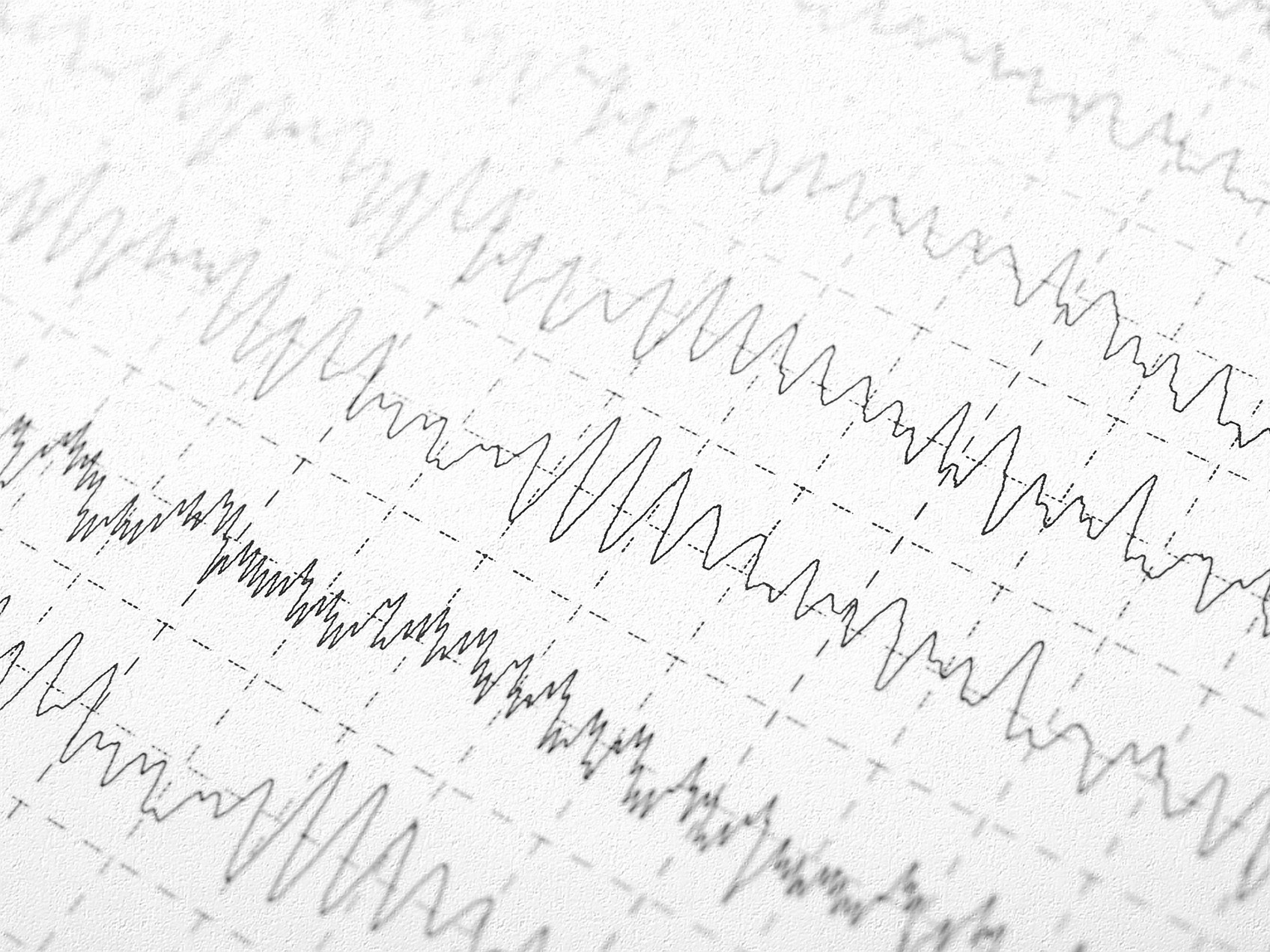
The FDA has determined that the pulse is so low that it’s imperceptible; yet, when focused on specific aspects of the human body, these pulses produce remarkable results. For example, studies now being conducted in the US, one last year, had such success with anxiety disorders in adults that most of the study’s participants withdrew by its three-quarter point because they had no current anxiety symptoms. That’s unheard of in our field. Thus, for anxiety, depression, ADD, ADHD, aggressive disorders, and many physical conditions, the pulsed electromagnetic field therapy literature suggests that you will get very positive results, which we have found to be generally true.
While most related studies come from Europe and Asia, they’re becoming increasingly frequent now in the US as the technology grows more widespread. But they’re solid studies, with many of them double-blind and laboratory studies. It’s an incredible technology with a remarkable capacity to bring about change.
The device that we use in our office is the Mercedes of PMF device. It is a biofeedback device that reads where the body is and then determines an appropriate pulse rate based on the body’s signature. This way, it qualifies for biofeedback reimbursement if covered by your insurance, such as Beacon Health in New York State and some other insurances. If you do have questions, reach out. I’d be happy to chat with you. I’m Dr. Randy Cale, and I look forward to hearing from you.


